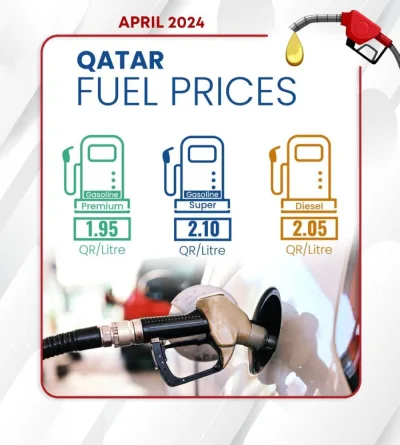* Brent crude rises to highest since July 2015
* Analysts say US shale could fill supply gap left by Opec
* Entering period of price volatility after cuts - IEA's Birol
* Prices can't sustainably stay above $55 - Goldman
* North Sea crude supplies to hit one-year high in January
Oil prices rose more than 4% on Thursday, with Brent crude at its highest in about 16 months, extending gains after Opec and Russia agreed to restrict output to speed up the rebalancing of a long-oversupplied market.
The Organisation of the Petroleum Exporting Countries agreed on Wednesday its first oil output reduction since 2008 after Saudi Arabia accepted "a big hit" and dropped a demand that Iran also slash output.
The deal also included the group's first coordinated action with non-Opec member Russia in 15 years. On Thursday, Azerbaijan said it was also willing to engage in talks on cuts.
Despite the historic deal, doubts were widespread in the market.
"It remains to be seen how well they stick to the plan, but if Opec hadn't come to an agreement the probability is that oil prices would have fallen to $40 a barrel, perhaps even lower," said Simon Flowers, chief analyst at consultancy Wood Mackenzie.
"Brent was trading at about $50 a barrel after the announcement, and we expect it to trade at an average of $55-$60 per barrel in 2017."
Benchmark Brent futures for February delivery jumped as much as 4.8% to $54.36 a barrel, the highest since July 30, 2015. By 11:43 am EST, Brent was up $2.21, or 4.3%, at $54.05.
US crude rose $1.98, or 4%, to $51.42, after rising to a high of $51.72 a barrel, about 20 cents below its 2016 high.
US refined products also rose along with crude - ultra low sulfur diesel (ULSD) futures soared as much as 5.5% to its highest in more than a year while gasoline futures jumped about 6%.
The Opec deal also triggered frenzied trading, with Brent futures trading volumes for February and March - when the supply cuts should start to be visible in the market - hitting record volumes.
The Intercontinental Exchange Inc also said ICE Brent crude futures hit a daily volume record of 1.96mn contracts on Wednesday.
Oil prices are still only at September-October levels - when plans for a cut were first announced - and crude prices are less than half mid-2014 levels, when the oil price began to collapse to its lowest in a generation.
Opec produces a third of global oil, or around 33.6mn bpd, and the deal aims to reduce output by 1.2mn bpd from January 2017, similar to January 2016 levels.
"It's clearly too soon to know what beyond the short-term market gain will be the consequences of this mini-renaissance of Opec - for other producers and for the group itself," Credit Suisse analysts said.
Others noted that the cuts could leave the field open for other producers, especially US shale drillers.
"We do not believe that oil prices can sustainably remain above $55 per barrel, with global production responding first and foremost in the US," Goldman Sachs said.
The head of the International Energy Agency Fatih Birol warned of greater volatility after the Opec deal.
"Unlike in the past Opec decisions, if prices move to around $60, a substantial amount of oil in United states is ready to come to the markets," Birol said.
Coinciding with the Opec cuts, supply of the four major North Sea grades of crude oil will hit a one-year high next month, according to monthly loading programmes.

The Opec deal has triggered frenzied trading.


